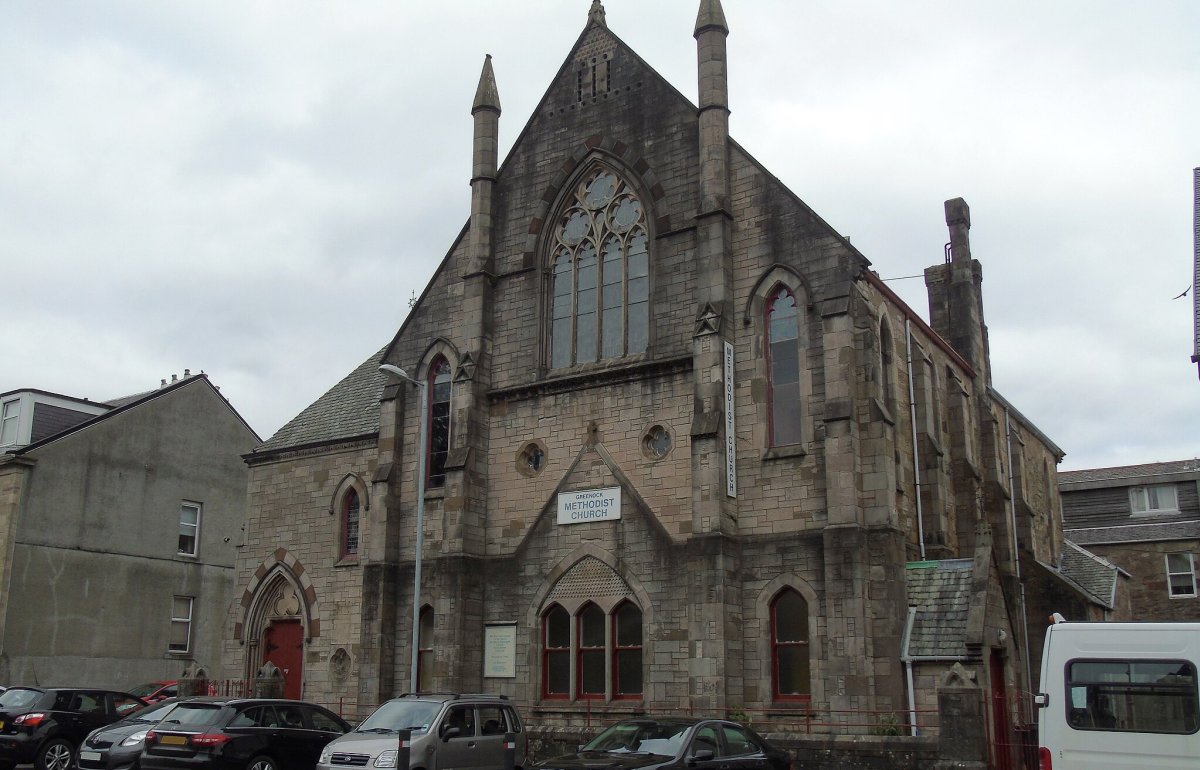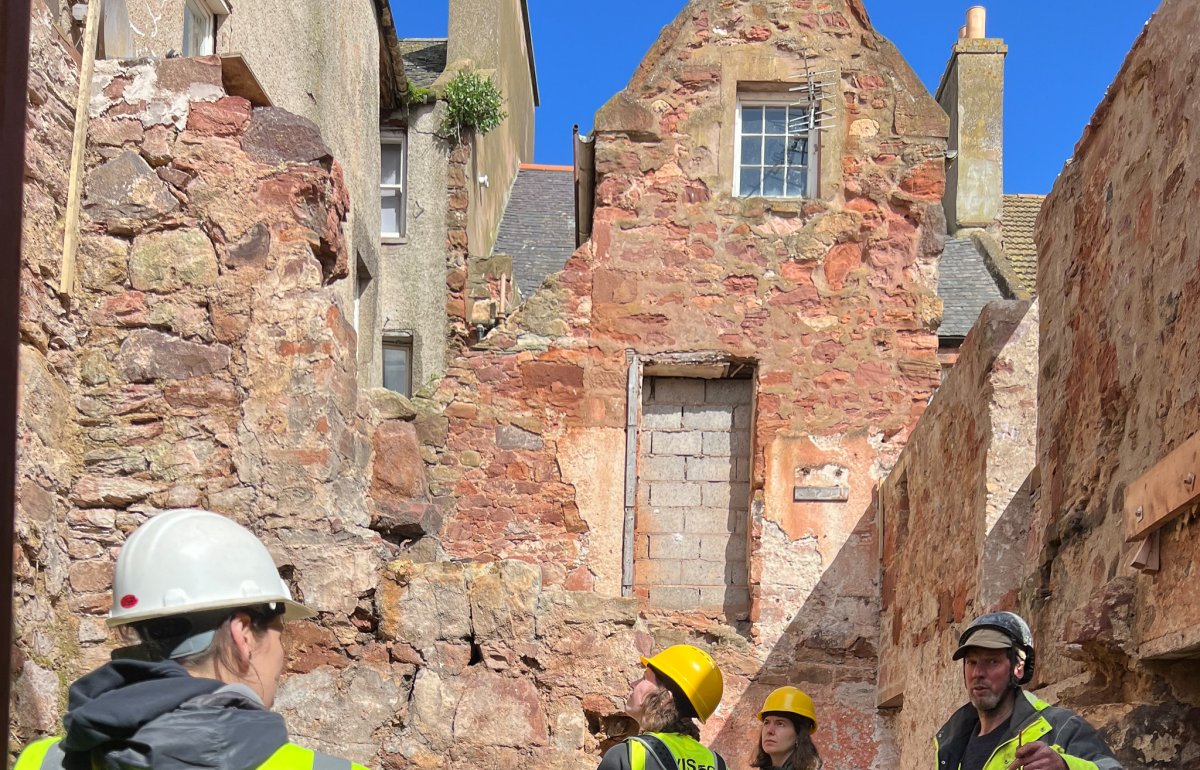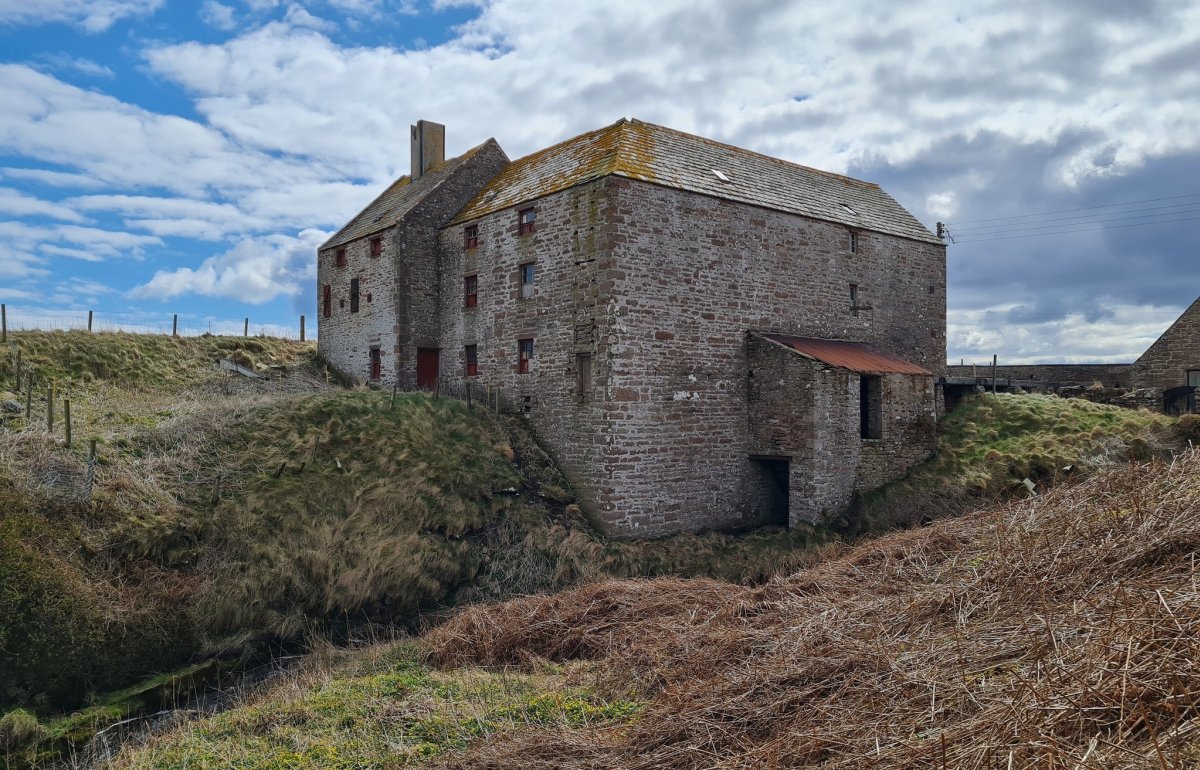
SPAB Scotland working party
Share on:
Over the end of May bank holiday weekend, SPAB Scotland held a working party on the beautiful island of Lismore, in the Inner Hebrides. SPAB Scotland officer Lucy Stewart reports on a wonderful weekend of hands-on learning and lime burning.
SPAB Scotland are reeling with success from our four-day working party on Lismore, near Oban. The long
weekend was a joint effort between SPAB Scotland, Historic Environment Scotland and the Building Limes Forum, and the event brought together some of the top experts in the experimental lime burning field, along with a fine selection of volunteers and locals.
Lismore is famous for being a limestone island surrounded by a much harder rocky landscape - it is green and lush compared with the softer browny greens of the neighbouring hills, reflecting the geology below. This limestone has long been valued, and there are 17 known lime kilns on this tiny island, all of which produced lime to be exported by sea elsewhere in Scotland. Our aim was to run various test burns of the local limestone, produce quicklime, and observe the quality of the resulting slake for mortar.
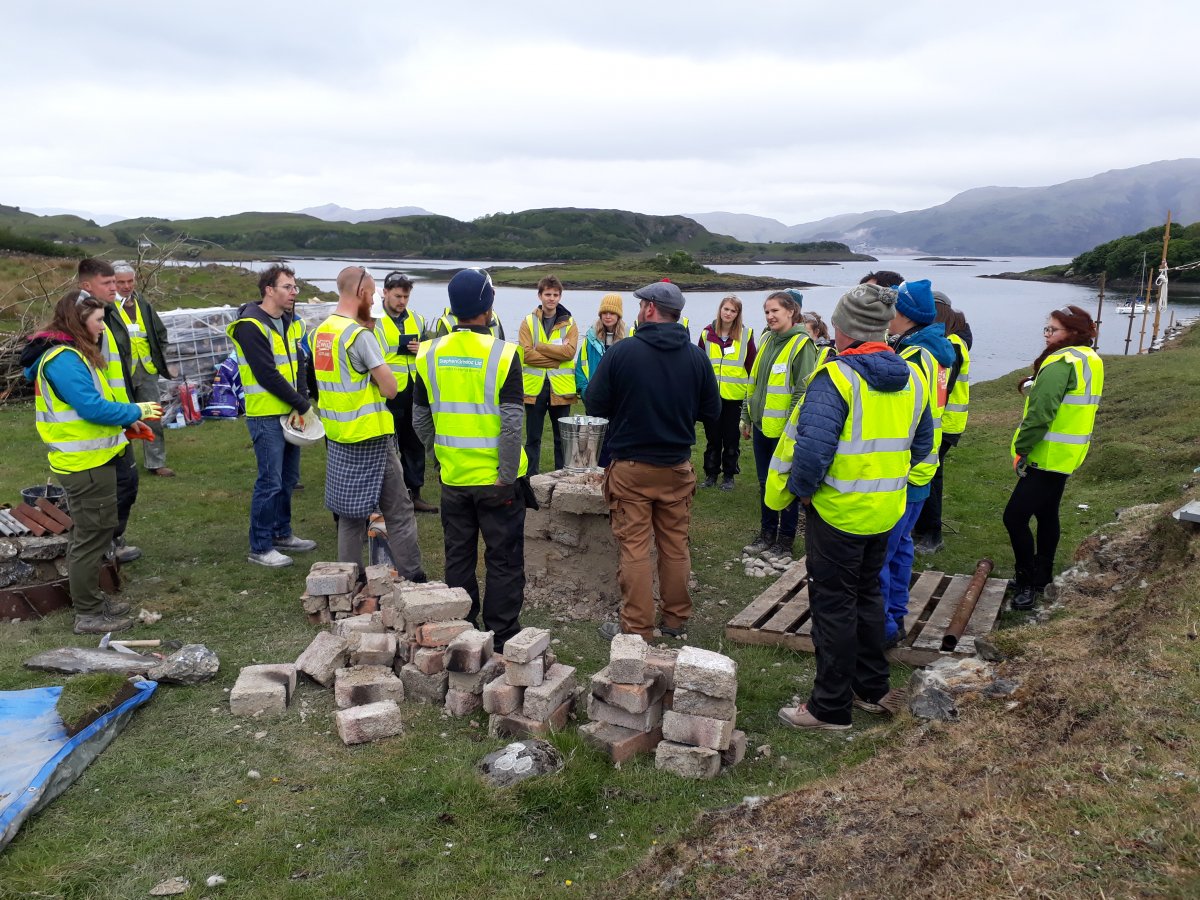
We had four days of lime burning activities which included: burning a total of three different experimental kilns; wall building; repairs to the category B listed double kiln; and of course mortar mixing, using sand from the local beach. Our first task was collecting local stone from the original quarry just across the track - a real local material! One kiln burnt oyster shell, also from the island, and the other two were limestone. Kilns were fired by charcoal, and worked perfectly – we recommend that this is considered as a fuel source for future experimental burns.
A total of 21 volunteers came, and were supported by 13 staff and tutors led by the excellent Stephen Grindrod, with Joe Gaskell and Steve Beck, and all masterminded by me and fellow SPAB Scholar Declan Cahill, supported by SPAB Fellows Eoin Madogin, Andy Bradley and Tim Meek. SPAB Scotland committee members Tom Hay, and Jamie McNamara were vital in helping us understand island life, and keeping the social element lively throughout. Additional support was given by Grace Connelly to keep the organisation running smoothly.
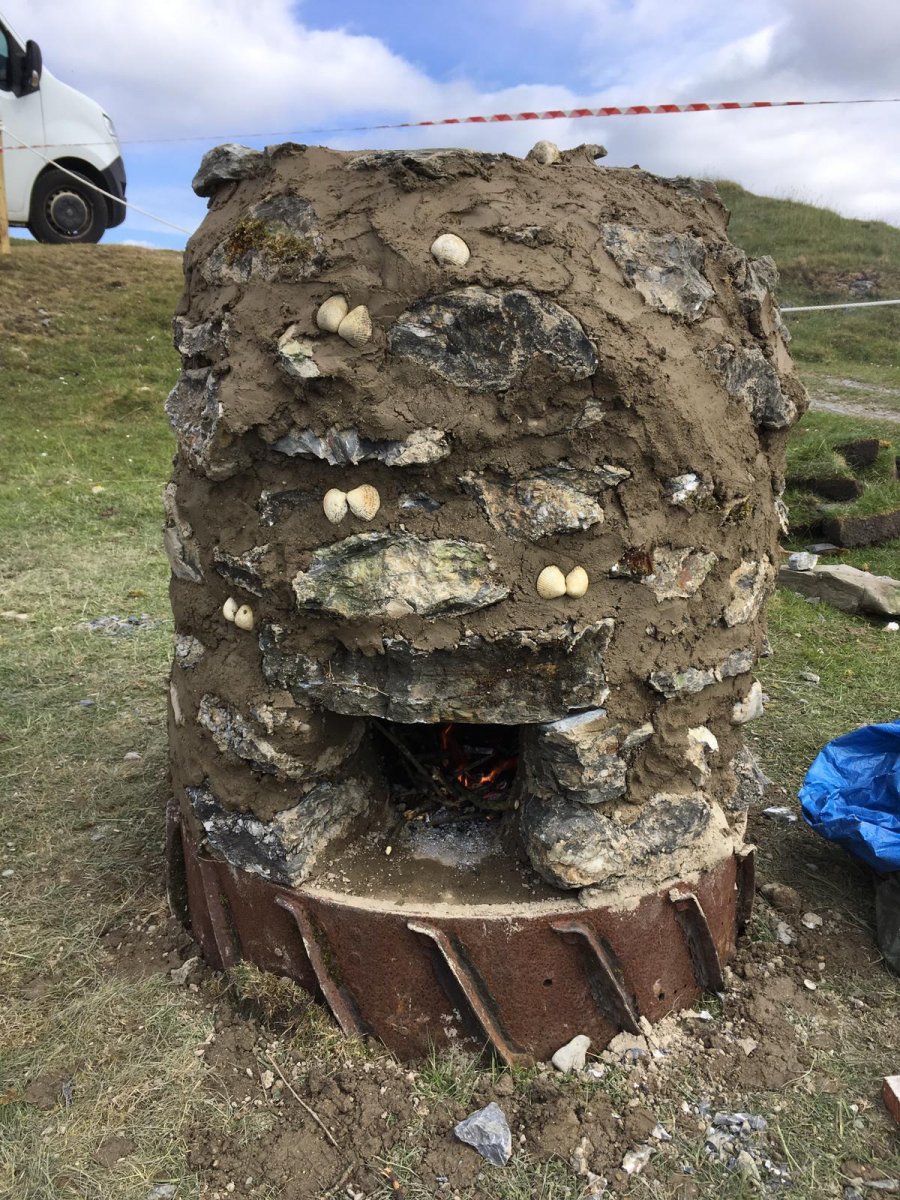
On day one we had a visit by seven children from the local island primary who came and had a tour of all work stations. They collected a stone from the quarry, broke it up, sorted the pieces by size, examined the old kiln and helped clean the joints out. They then saw a sample of lime being slaked, and watched the mixer pan going round and round with mortar, pushed the wheelbarrow of mortar over to the wall being built, placed some stones and then went back to the kiln to check out the fire that had just been lit. All were greatly enthused, and we hope it will be a memorable day for them.
Our second day allowed people to settle into the various tasks, and we also arranged a church visit to discuss building maintenance and how one might approach the task of writing a Quinquennial Inspection Report. A lovely picnic lunch with hot soup brought by Dot and Bob Hay preceded excellent history talks which were led by the Lismore Historical Society.
Day three was rather wet, but the open afternoon has 48 visitors. Not bad for an island population of 180! We also had a talk about lichens and botany to be found on the 17 historic Lismore kilns. In the evening we visited the Heritage Centre, and had further short lectures and a presentation from the 2019 Scholars.
Day four saw continuation of work on site, horizontal rain (yes really!), and a walk to the spectacular double lime kiln at Sailean which also boasts workers’ cottages, a gunpowder store, large rock face/cliff/quarry, and slipway for boats.
Despite the wet, everyone remained happy throughout the four days, and we were truly lucky to have such an engaged and interested team of volunteers. We hope that much has been earned by all, and that many new friendships have formed!
Sign up for our email newsletter
Get involved

